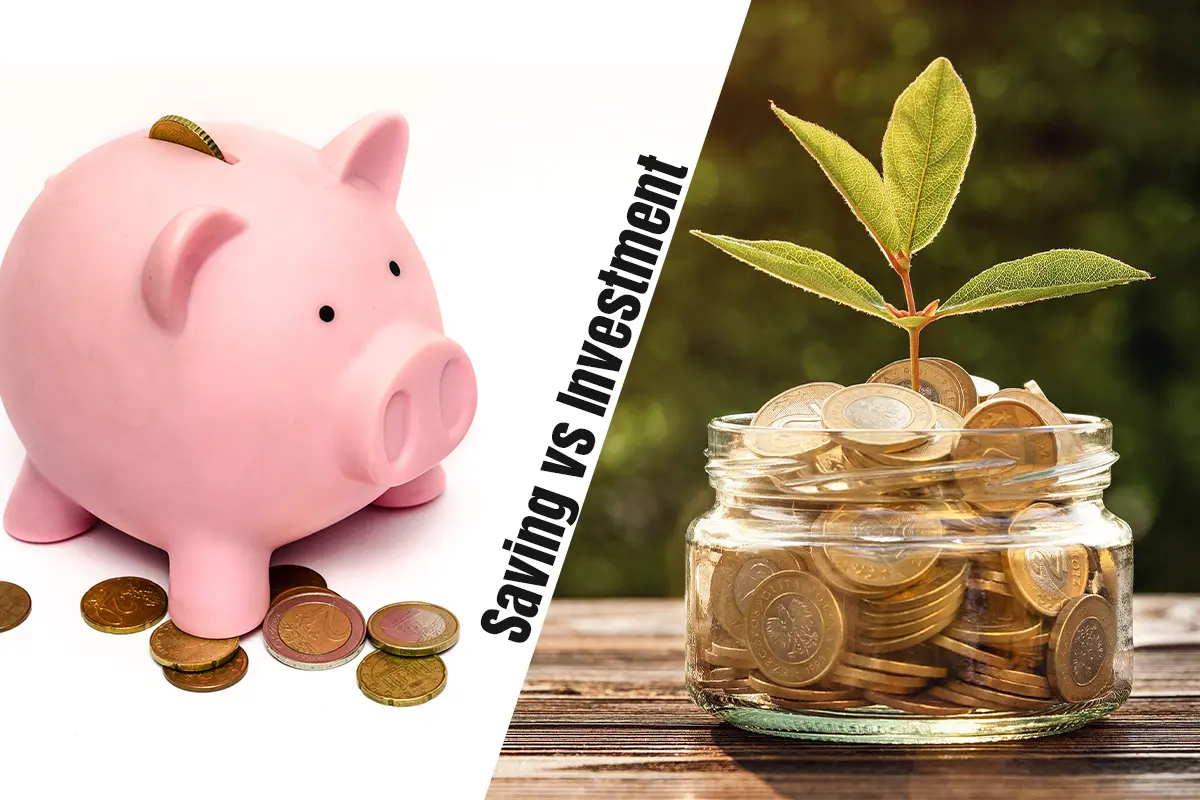
- Finance
- July 4, 2024
Investing for Beginners: An Introduction to Understanding the How and Why of Investing
Abstract
Those credit card bills are hopping up, those sneakers you bought were now boring to wear, that blue suit is too blue to be worn, Rent is due soon, and groceries are getting expensive each passing day, oh and the fuel tank is still to be filled for the month, and the funny part is that the anxiety that comes in with managing your funds to make both ends meet is something that keeps you late at night, well then you realise about that one fine evening when your father were talking about investment and savings.
You, someone fresh in the world of investing log into your computer about how to start investing or types of investment for beginners, and stumble across our site; well, you are not alone in this; there are millions who are starting new, were in the loop and then fell out of it, or are still working out what is the proper investment decision. Well we got you covered, relax.
“In investing, what is comfortable is rarely profitable.” — Robert Arnott
If you’re new to investing, and want to learn how to invest, the concept can be challenging, but it’s a crucial element of saving for various financial objectives and increasing wealth. You’ll encounter a variety of market settings during your investing career, so don’t get too caught up in whether now is the best moment to get started.
However, before making any investment, you should assess your risk tolerance. Certain investments are more risky than others, and you don’t want to be startled after investing. Consider how long you can go without the money you’ll be investing, and whether you’re okay with not having access to it for a few years or longer.
Comes in The Big Question, What is Investing?
Investment is buying something with the idea that it will appreciate or generate earnings. People can invest in gold, real estate, businesses, and education. Colourful charts, jargon, and acronyms can make investing scary or perplexing but this should not worry you. However, becoming engaged can help you reach your financial goals better. Your money may grow quicker with a proper investment plan than in a savings account. Years of studies and practices have shown that when investing in stocks, bonds, mutual funds, or exchange-traded funds (ETFs) they can help you make money over time. Most people invest to save for college, buy a home, and retire, this varies as per your age, income and lifestyle you want to achieve
How Does an Investment Strategy Operate?
The goal of investing is to yield a return, usually in the form of income and appreciation.
When something increases in value, it is called appreciation. Consider buying cheap and selling high.
When you invest and don’t have to sell it, you get income. This could come from a dividend, an interest payment, or even from the sale of real estate or a company’s earnings.
The duration of an investment typically spans years or even decades.
But Why Shall One Invest?
Saving vs. Investing is a common argument in the world of finance. However, they are interconnected.
Anyone who wants to generate wealth needs to save money. Not because it makes you abundant on its own, but because it gives you the money you need to spend.
Compound interest—two words. At that point, your investment returns start to generate returns of their own, which will facilitate the achievement of your financial objectives, be they saving for retirement, covering college costs, or something else entirely. This is the rationale behind investing.
Keep in mind that there are no guarantees while investing. There’s not an ideal good place to invest money you may lose money when you invest, even the initial payment. You may help reduce that risk by employing different approaches and diversification, but it is hard to eliminate risk from the investing equation.
What is The Right Balance Between Saving and Investing?
Given that each investor enters the market for specific reasons, the best answer to how much you should preserve is “as much as possible.” As a general rule, saving 20% of your salary is a good place to begin. More is usually preferable, but this depends on a variety of other things and can alter throughout your career.
Initially, you’ll want to use these savings to construct an emergency fund equivalent to three to six months’ worth of routine costs. Once you’ve set aside these emergency funds, invest any additional funds that aren’t being used for specified near-term expenses.
Are you Making Reasonable Investments?
Now that you know how investing works, it’s time to consider where you want to put your money. As a general rule, the best risk an investor can take is one that is measured. But how do you get calculated? What distinguishes a wise investment from a dangerous one? To be honest, each investor’s definition of “smart” and “risky” varies. Your circumstances (e.g., age, debt level, family status) or risk tolerance can help you determine where you lie on the risk scale.
Younger investors with several years till retirement should have riskier portfolios. That extended time horizon allows investors more time to weather market ups and downs — and during their working years, investors should ideally be adding to their investment accounts rather than withdrawing funds.
Someone on the other hand who is nearing retirement, is way more exposed to the market fluctuations. Utilizing an investment account to meet your living needs, will force you to be obliged to withdraw funds during a market downturn, which would not only reduce your portfolio but also result in large investment losses.
Being truthful about your current financial situation can help you make sound decisions about where to invest your money. The ebb and flow of life will have a greater influence on your finances than you know.
The Bottom Line
Avoiding investments that you don’t completely comprehend is just as important as investing in education. We will go into additional detail in our series about potential places to start an investment strategy, as well as the advantages and disadvantages that come with each. In addition, when and how to invest should be determined by your risk tolerance and profile type. Above all, spread out your holdings over a variety of different types of assets. Keep your sights on Peak72 and our array of offerings that can provide you a leg up in your investing endeavours.
Be the first to review “Message Financial Board Game Cancel Reply
RELATED POSTS

- Finance
- September 30, 2024

- Finance
- September 26, 2024

- Finance
- September 23, 2024












I really appreciate this post. I have been looking everywhere for this! Thank goodness I found it on Bing. You’ve made my day! Thanks again!
Normally I do not read article on blogs, but I would like to say that this write-up very forced me to try and do so! Your writing style has been amazed me. Thanks, quite nice post.
I was recommended this web site through my cousin. I’m not sure whether or not this put up is written by him as nobody else know such exact about my trouble. You’re amazing! Thanks!